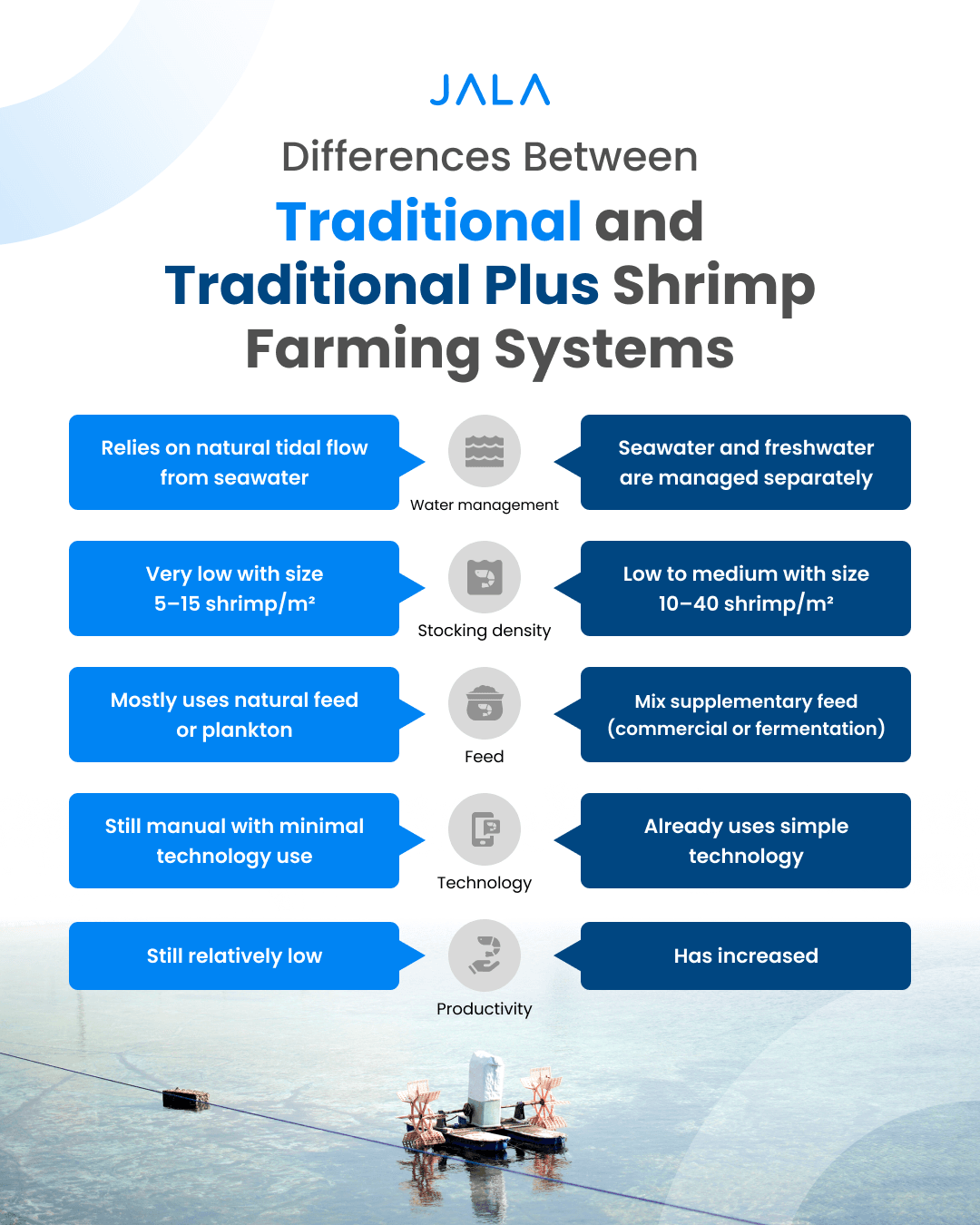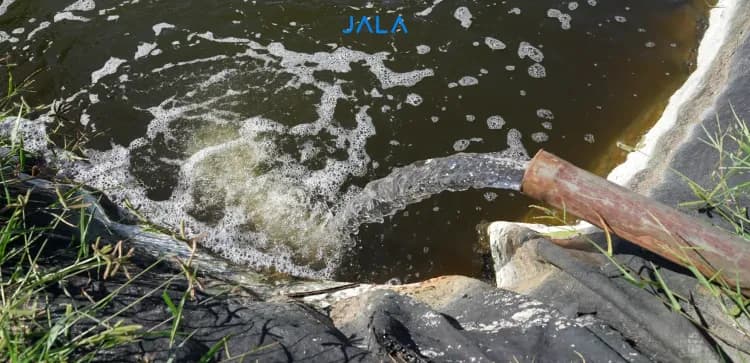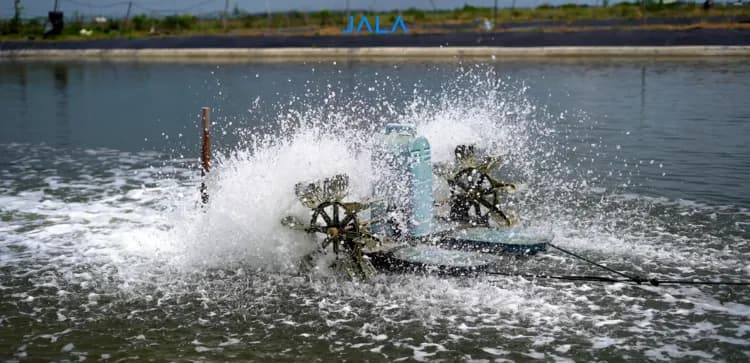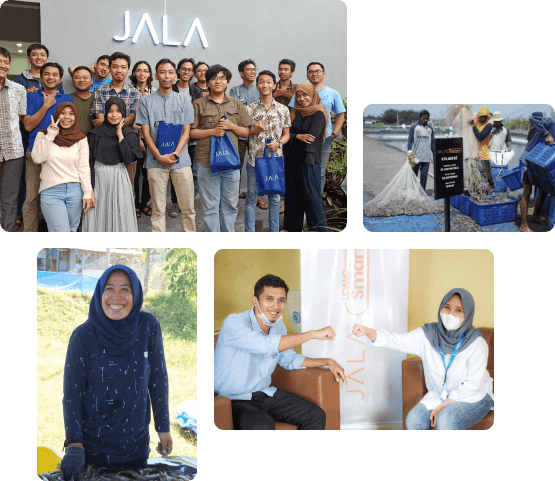
Shrimp farming is a key sector in Indonesia’s fisheries industry, contributing significantly to the national economy and exports. For many years, traditional methods have been the primary choice for farmers. However, challenges such as climate change, declining harvests, and the demand for more sustainable practices have driven the emergence of the traditional plus shrimp farming system. This method combines the core principles of traditional farming with simple innovations to improve yields, efficiency, and sustainability.
Traditional plus system retains core techniques such as tidal water exchange, natural feeding, and minimal use of chemicals, but enhances them with appropriate, site-specific technologies. These innovations include allocating around 30% of the total farm area for a water reservoir to maintain water quality, implementing biosecurity to prevent disease, conducting regular monitoring of water quality and shrimp health, and providing measured supplementary feed. This approach allows farms to remain environmentally friendly while achieving more optimal production.
Differences Between Traditional and Traditional Plus Systems
Several operational aspects set the traditional plus system apart from the conventional method, directly affecting farming outcomes.






